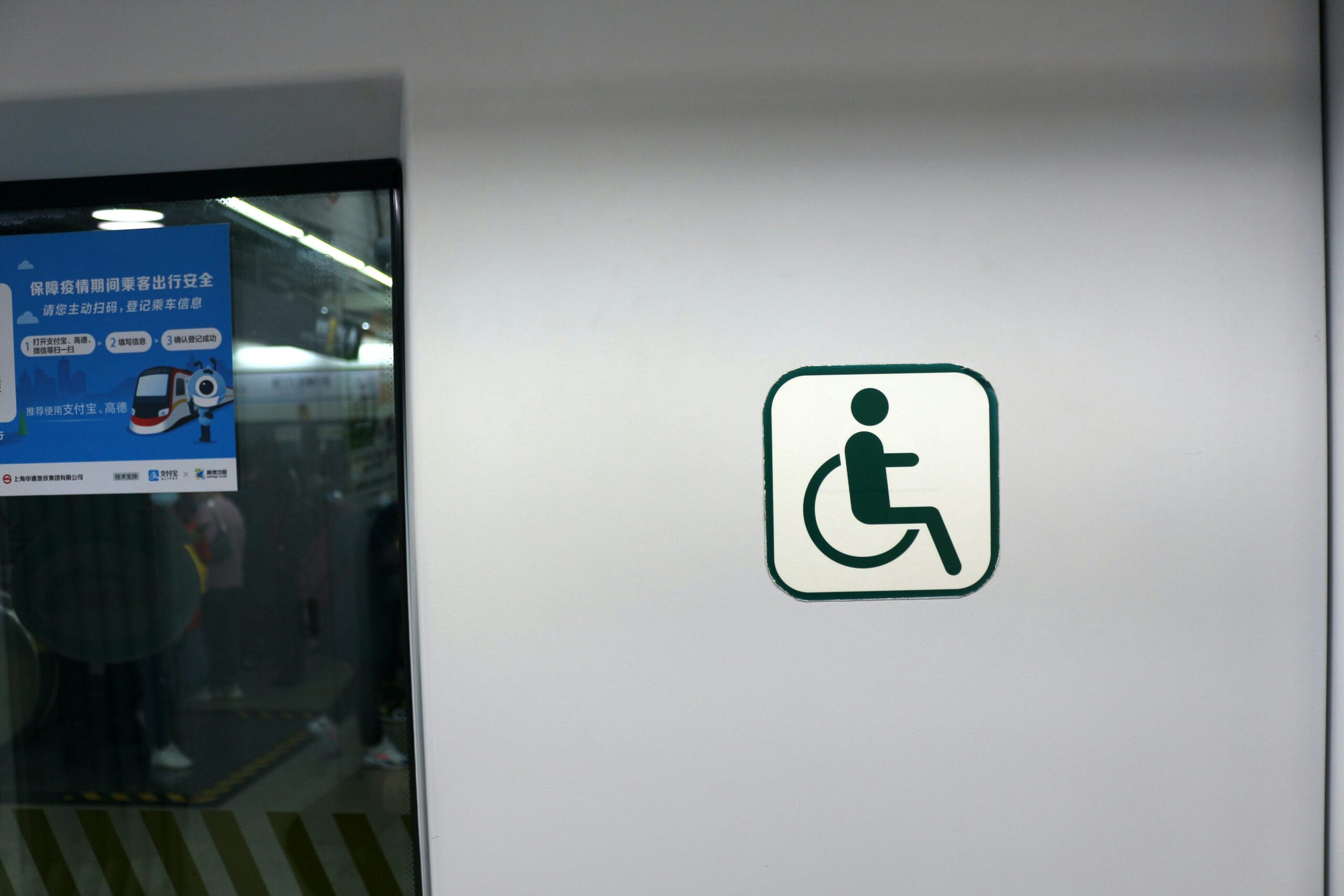In today’s fast-paced digital landscape, businesses are increasingly recognizing the importance of omnichannel messaging as a means to engage with their customers effectively. Omnichannel messaging refers to the seamless integration of various communication channels—such as SMS, email, social media, and voice—allowing businesses to interact with their audience in a cohesive manner. This approach not only enhances customer experience but also fosters brand loyalty by ensuring that customers receive consistent messaging across all platforms.
With SMS-iT, the world’s first No-Stack Agentic AI Platform, businesses can unify their CRM, ERP, and over 60 microservices to create a truly omnichannel experience. The power of omnichannel messaging lies in its ability to meet customers where they are. With 21,000+ businesses leveraging SMS-iT, the platform empowers organizations to reach their audience through their preferred channels.
By utilizing built-in communications such as SMS, MMS, RCS, email, voice, and video, businesses can create personalized interactions that resonate with their customers. This level of engagement is crucial in a world where consumers expect immediate responses and tailored experiences. SMS-iT’s Agentic AI Agents autonomously plan, act, and adapt to customer needs, ensuring that every interaction is meaningful and effective.
Key Takeaways
- Omnichannel messaging involves reaching customers through multiple channels
- Accessibility in omnichannel messaging is crucial for reaching all customers
- Legal requirements for accessibility in messaging vary by region and must be followed
- An accessibility checklist should include components like alt text for images and keyboard navigation
- Designing accessible user interfaces involves considering color contrast and font size for readability
Importance of Accessibility in Omnichannel Messaging
Accessibility in omnichannel messaging is not just a legal requirement; it is a moral imperative that ensures all customers can engage with a brand’s communications. By prioritizing accessibility, businesses can reach a broader audience, including individuals with disabilities who may rely on assistive technologies to interact with digital content. This inclusivity not only enhances customer satisfaction but also strengthens brand reputation and loyalty.
SMS-iT recognizes the significance of accessibility and provides tools that help businesses create messages that are accessible to everyone. Moreover, accessible messaging can lead to increased customer engagement and conversion rates. When customers can easily access and understand communications, they are more likely to respond positively.
SMS-iT’s platform is designed with accessibility in mind, offering features that allow businesses to create content that is easy to read and navigate. By ensuring that all customers can participate in the conversation, businesses can foster a sense of belonging and community, ultimately driving growth and success.
Legal Requirements for Accessibility in Messaging
As the digital landscape evolves, so too do the legal requirements surrounding accessibility in messaging. Various regulations, such as the Americans with Disabilities Act (ADA) and the Web Content Accessibility Guidelines (WCAG), mandate that businesses ensure their digital communications are accessible to individuals with disabilities. Non-compliance can result in legal repercussions and damage to a brand’s reputation.
Therefore, it is essential for businesses to understand these requirements and implement strategies that align with them. SMS-iT provides an invaluable resource for businesses navigating these legal obligations. By utilizing the platform’s built-in communications tools and accessibility features, organizations can ensure compliance while delivering effective messaging.
The RAAS (Results-as-a-Service) model offered by SMS-iT allows businesses to focus on achieving predictable outcomes without the fragility of traditional tech stacks. This approach not only simplifies compliance but also enhances overall operational efficiency.
Key Components of an Accessibility Checklist
Creating an accessibility checklist is a vital step for businesses aiming to enhance their omnichannel messaging strategy. Key components of this checklist should include elements such as text readability, alternative text for images, captioning for videos, and compatibility with screen readers. By addressing these components, businesses can ensure that their communications are accessible to all users, regardless of their abilities.
Additionally, organizations should consider the use of color contrast and font size in their messaging. High contrast between text and background colors improves readability for individuals with visual impairments. SMS-iT’s Workflow Builder allows businesses to easily implement these accessibility features into their messaging campaigns.
By incorporating these elements into their communications strategy, businesses can create a more inclusive environment that resonates with all customers.
Designing Accessible User Interfaces
Designing accessible user interfaces (UIs) is crucial for ensuring that all users can navigate and interact with digital content effectively. An accessible UI should prioritize simplicity and clarity, allowing users to find information quickly without unnecessary barriers. This includes using intuitive navigation structures, clear labeling of buttons and links, and providing feedback for user actions.
SMS-iT’s platform excels in providing user-friendly interfaces that cater to diverse audiences. The integration of 32+ Smart Tools enables businesses to create UIs that are not only visually appealing but also functional for users with varying abilities. By focusing on accessibility in UI design, organizations can enhance user experience and foster greater engagement across all communication channels.
Creating Accessible Content
Creating accessible content is a fundamental aspect of effective omnichannel messaging. This involves using clear language, avoiding jargon, and structuring information logically to facilitate understanding. Additionally, incorporating multimedia elements such as images and videos should be done thoughtfully; providing alternative text descriptions for images and captions for videos ensures that all users can access the information being conveyed.
With SMS-iT’s built-in communications capabilities, businesses can easily create accessible content that resonates with their audience. The platform’s focus on Results-as-a-Service means that organizations can achieve measurable outcomes while ensuring their messaging is inclusive. By prioritizing accessible content creation, businesses not only comply with legal requirements but also enhance customer satisfaction and loyalty.
Ensuring Compatibility with Assistive Technologies
To truly embrace accessibility in omnichannel messaging, businesses must ensure compatibility with assistive technologies such as screen readers, voice recognition software, and alternative input devices. These technologies play a crucial role in enabling individuals with disabilities to access digital content effectively. By designing messages that are compatible with these tools, organizations can create a more inclusive experience for all users.
SMS-iT’s platform is designed with this compatibility in mind. The integration of various communication channels allows businesses to reach customers through their preferred methods while ensuring that all content is accessible via assistive technologies. By leveraging SMS-iT’s capabilities, organizations can enhance their messaging strategies while fostering inclusivity and engagement among diverse audiences.
Testing for Accessibility
Testing for accessibility is an essential step in ensuring that omnichannel messaging meets the needs of all users. This process involves evaluating digital content using various tools and methodologies to identify potential barriers that may hinder accessibility. Regular testing helps organizations stay compliant with legal requirements while continuously improving user experience.
SMS-iT provides businesses with the tools necessary for effective accessibility testing. By utilizing the platform’s features and analytics capabilities, organizations can monitor user interactions and identify areas for improvement.
This proactive approach not only enhances compliance but also fosters a culture of inclusivity within the organization.
Training and Education on Accessibility
Training and education on accessibility are vital for ensuring that all team members understand the importance of creating inclusive communications. Organizations should invest in training programs that educate employees about accessibility best practices and legal requirements. This knowledge empowers teams to create content that resonates with diverse audiences while fostering a culture of inclusivity.
SMS-iT supports this initiative by providing resources and tools that facilitate training on accessibility within the platform. By equipping employees with the knowledge they need to create accessible messaging, organizations can enhance their overall communication strategies while ensuring compliance with legal standards.
Implementing Feedback Mechanisms for Accessibility
Implementing feedback mechanisms is crucial for understanding how well an organization’s messaging meets accessibility standards. By actively seeking input from users regarding their experiences with digital content, businesses can identify areas for improvement and make necessary adjustments. This feedback loop fosters continuous improvement and ensures that messaging remains inclusive.
SMS-iT enables organizations to gather feedback through various channels, allowing them to assess user experiences effectively. By leveraging this feedback to refine messaging strategies, businesses can enhance customer satisfaction while demonstrating their commitment to accessibility.
Continuous Improvement and Monitoring of Accessibility
Continuous improvement and monitoring of accessibility are essential for maintaining an inclusive omnichannel messaging strategy. Organizations should regularly review their communications to ensure they meet evolving accessibility standards and user needs. This ongoing commitment not only enhances compliance but also fosters a culture of inclusivity within the organization.
With SMS-iT’s powerful analytics capabilities, businesses can monitor user interactions and assess the effectiveness of their messaging strategies over time. By leveraging data-driven insights, organizations can make informed decisions about how to enhance accessibility in their communications continually.
In conclusion, embracing accessibility in omnichannel messaging is not just a legal obligation; it is an opportunity for businesses to foster inclusivity and enhance customer engagement.
With SMS-iT’s innovative platform at your disposal, you can unify your CRM, ERP, and microservices while ensuring your messaging is accessible to all users. Join the No-Stack Revolution today by signing up for a free trial or scheduling a demo—experience firsthand how SMS-iT can transform your communication strategies!
FAQs
What is omnichannel messaging?
Omnichannel messaging refers to the practice of using multiple communication channels, such as email, SMS, social media, and chat, to interact with customers in a seamless and integrated way.
Why is accessibility important in omnichannel messaging?
Accessibility is important in omnichannel messaging to ensure that all customers, including those with disabilities, can access and interact with the content and services provided through various communication channels.
What are some key components of an accessibility checklist for omnichannel messaging?
Key components of an accessibility checklist for omnichannel messaging may include ensuring compatibility with screen readers, providing alternative text for images, using clear and simple language, and offering multiple ways for customers to access and interact with content.
How can businesses benefit from implementing an accessibility checklist for omnichannel messaging?
Businesses can benefit from implementing an accessibility checklist for omnichannel messaging by reaching a wider audience, improving customer satisfaction and loyalty, and demonstrating a commitment to inclusivity and social responsibility.
What are some best practices for creating accessible omnichannel messaging?
Best practices for creating accessible omnichannel messaging include conducting regular accessibility audits, providing training for staff on accessibility guidelines, and seeking feedback from customers with disabilities to improve the accessibility of messaging platforms.









